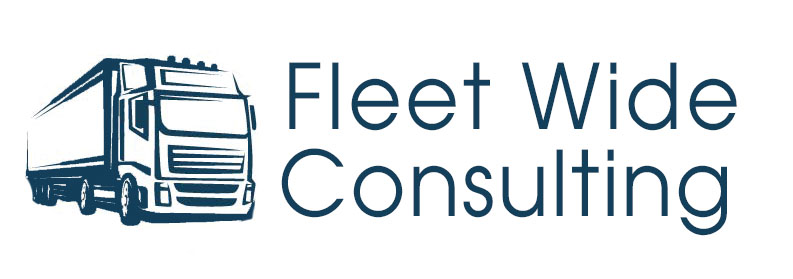Fleet Technology
Remember when restaurants were cash only? How about booking your entire vacation with a travel agent? Technology has disrupted many industries and it’s finally reached the trucking industry. It really changed in 2017 when the ELD-mandate went into effect. Previously, drivers could log all their activity on paper. Since then, the market for fleet telematics has exploded with uncertainty. What data do we need? What do we do with the data? What tasks can we automate?
Today, analyzing fleet data is completely different. You can now establish a true cost for your fleet operation. Prior to the ELD-mandate, the best metrics we had were “revenue per mile” and “dead-head miles” but those really didn’t tell you anything about your profitability. The data that’s available today allows us to be much more strategic in our decision making.
In-cab truck cameras are widely accepted, and actually mandated by some insurance companies. These cameras are always rolling and capture videos of any crashes that happen over the road. Previously, if your truck was involved in an accident, you could safely assume your driver would be found at-fault. But with camera footage, there is a clear explanation of what happened and it could exonerate any liability from those types of situations. Additionally, it shows your drivers that you care about their well-being. If you do use cameras, make sure you’re monitoring these videos on a daily basis.
The next thing to invest in is a commercial navigation system. Anytime your driver misses a turn, it can take 20-30 minutes to get back on course. A navigation system maximizes their time while on-duty and prevents aggressive driving when they’re trying to catch up on lost time. Your drivers will enjoy one less thing they have to think about.
Routing Software is a great tool for managing a growing volume of orders. By taking into consideration all the possible variables, you can optimize the activity for each truck. If you’re planning your routes manually, it can be difficult to consider things like traffic patterns, the type of truck, payload capacity, delivery time constraints, expected time at each stop, commercial road restrictions, as well as the drivers’ available hours-of-service. The biggest ROI might be the ability to downsize your fleet with the demand you have today.
Technology is something you grow into. It can’t be absorbed with one or two training sessions. In fact, it might take multiple trainings just for one aspect of your business workflow. The goal should be to streamline the driver experience and provide the back office with real-time trip information.
When all these systems are integrated together, you’ll separate yourself from the competition. This is a journey, not a destination. Focus on continuous improvement and making smart business decisions. There will always be new technology to invest in, and employee training will always be a part of the conversation. But, your competitors will be left in the rear-view mirror.
